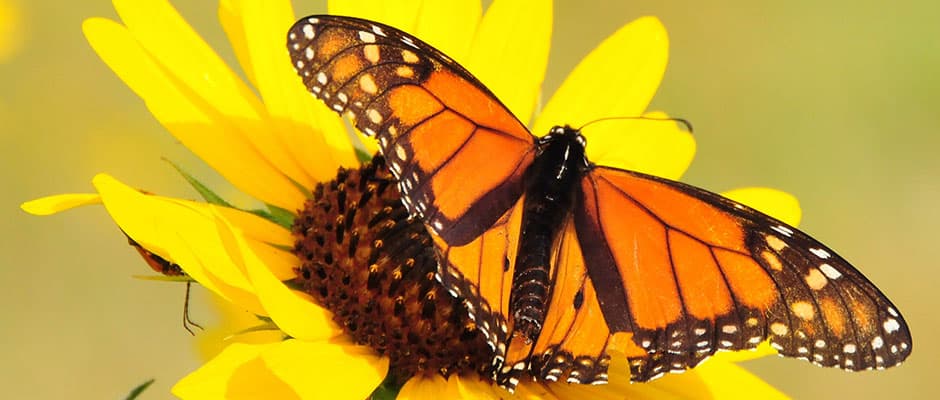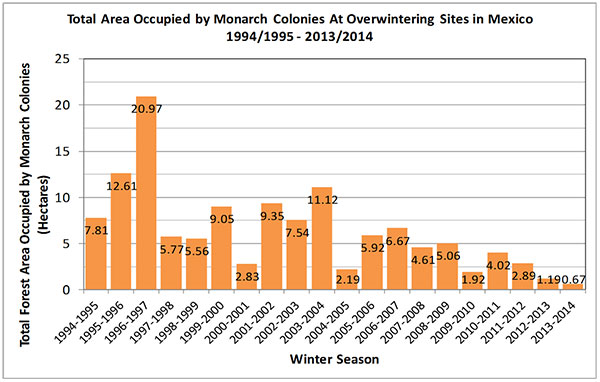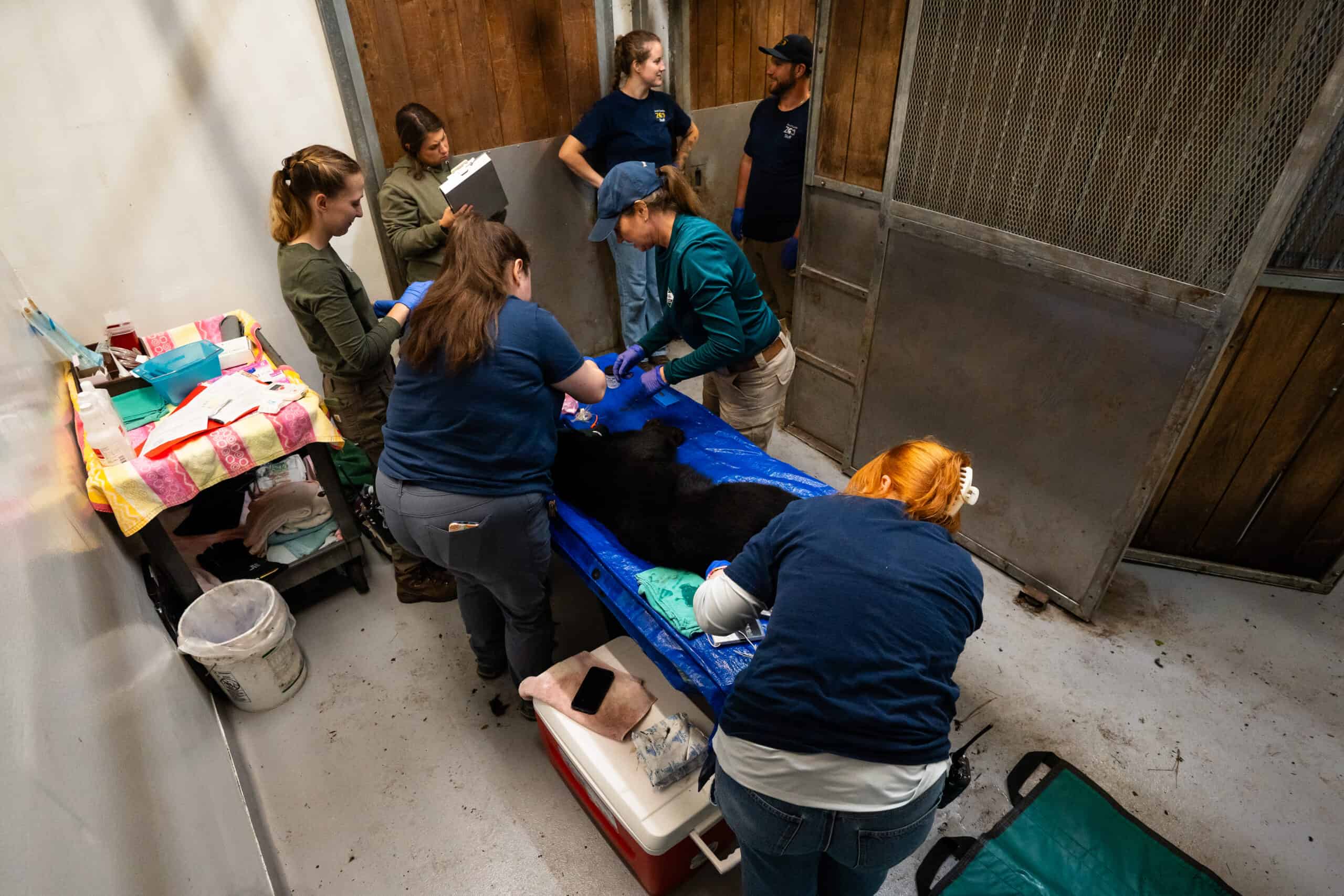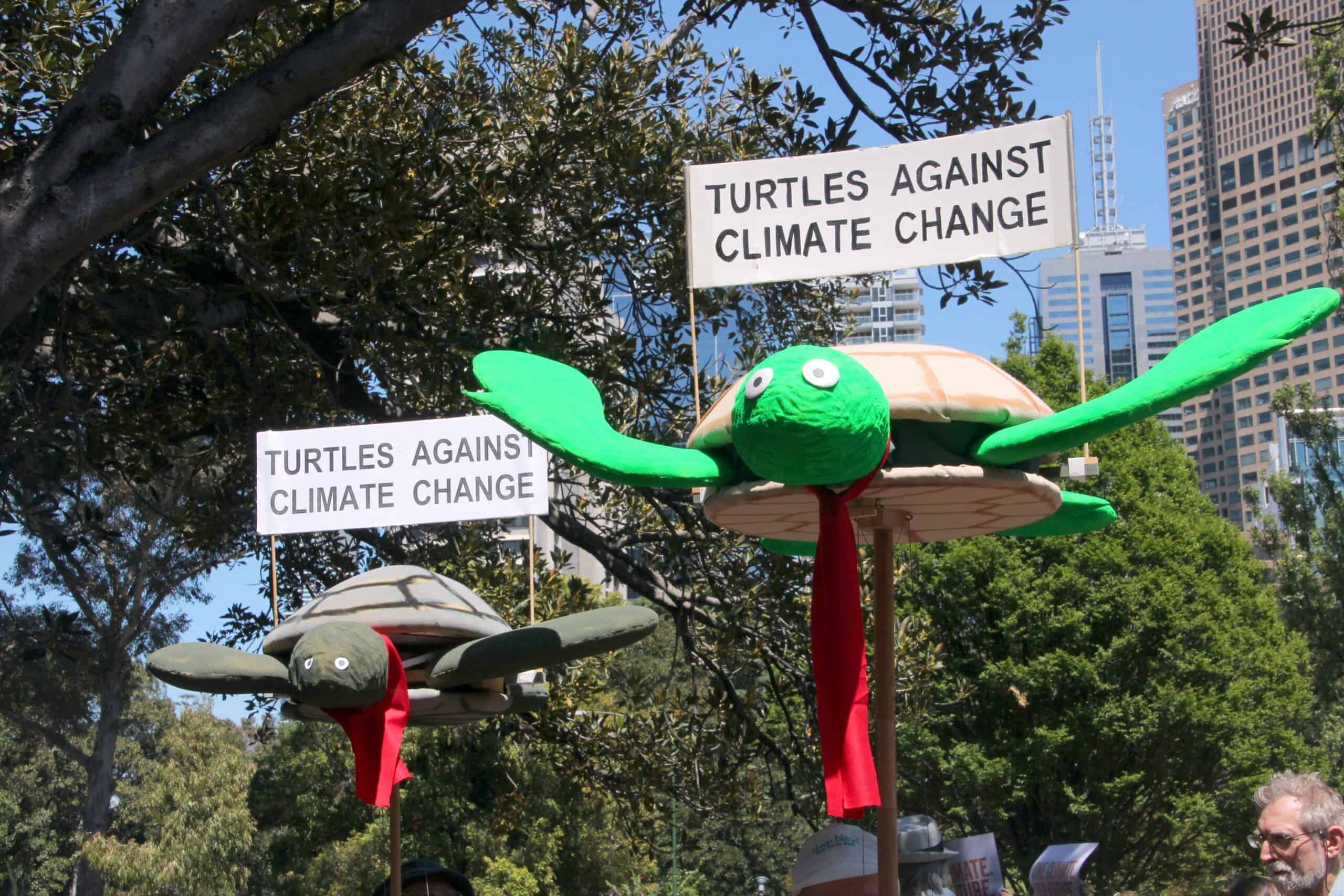Share this article
Nation-Wide Efforts Expanding to Protect Monarch Butterflies
There’s an ongoing fight to save one of the most well-known and well-loved species of butterflies. Numbers of the monarch butterfly have been falling drastically since the 1990s, and for two decades, the U.S. Fish and Wildlife Service has been partnering with other government agencies and non-governmental organizations to help stop its decline. Now, the agency is asking for help from citizens to improve the butterfly’s habitat by planting milkweed — the monarch’s only food source.
A recent session on monarch butterfly (Danaus plexippus) conservation held at the U.S. Geological Survey’s Patuxent Wildlife Research Center in Maryland is just one of these citizen efforts.
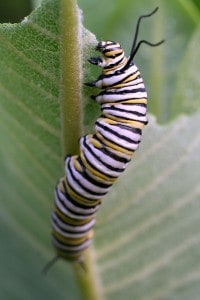
Milkweed is the only food source for the monarch caterpillar. There are nearly 100 species of the plant found in the United States and the insect uses them as host plants during its long migration. Herbicides and mowing practices have caused a reduction in milkweed plants, and therefore a reduction in habitat for monarchs.
Image Credit: Rick Hansen/USFWS via Flickr
“I hope that we mobilize this citizen army to help to fight to save the monarchs,” said Rich Dolesh, vice chairman of Friends of Patuxent, an organization that supports the USGS research center’s programs. “It seems possible to return the monarchs to health if collective action is taken on their behalf.” Dolesh is part of a new committee the Friends formed to create monarch habitat areas and educational opportunities for the public. Along with the Patuxent Research Refuge and the National Wildlife Federation, the committee has already planted 96 milkweed plants at different locations on the refuge and plans to do more to create suitable habitat.
Meanwhile, the Monarch Joint Venture (MJV) — a partnership between state and federal agencies, non-governmental organizations and academic programs — is also working on a science-based approach to monarch conservation. The collaborative effort, dating back to 2008 as a result of the North American Monarch Conservation Plan, currently supports dozens of projects in areas of monarch habitat conservation and enhancement, milkweed conservation, research and monitoring, and education and outreach. Last month, the MJV launched a new project to create monarch demonstration sites on six farms across Minnesota, Wisconsin and Iowa — three corn belt states in the agricultural Midwest where protection for the butterfly is crucial.
Population decline could be the result of several contributing factors including climate change, invasive species, disease and use of insecticides, according to MJV. For instance, a genetically modified strain of corn — commonly known as Roundup Ready — that became widely used in American agriculture during the 1990s allowed farmers to spray their crops throughout the growing process, killing off essential milkweed plants. Prior to the introduction of Roundup Ready, farmers used pre-emergent herbicides and tilling as a means of weed control in their fields, which allowed the hardy, deep-rooted milkweed plants to continue to grow and thrive among crops.
In addition, oyamel pines (Abies religiosa) continue to be devastated by loggers in Mexico’s Transvolcanic Belt, an area in the central-southern part of the country, where the monarch spends its winters. In winter of 2013-2014, scientists recorded the smallest ever area of overwintering grounds for the butterflies as a result of logging.
Today, monarchs may be receiving more of the public’s attention because enthusiasts and amateur butterfly watchers have become more alarmed about their absence, according to Sandy Spencer, a FWS supervisory wildlife biologist at the Patuxent research refuge. However, National Wildlife Refuges across the country have been contributing to monarch conservation for years through habitat management, native garden plantings and land conservation. At Patuxent, refuge management and biologists have been promoting milkweed growth, adjusting mowing plans to protect milkweed, actively trying to control invasive plant species, and working with power companies to protect native plants on transmission rights-of-way that run through the refuge.
Unlike so many other threatened species, there’s a lot that citizens can do to help monarchs as they travel back and forth between Canada and Mexico. Creating a monarch waystation, for example, is as simple as planting milkweeds native to the area, or maintaining natural habitats where milkweed is already growing. Home gardens, schools, businesses, parks, nature centers and along roadsides are great places to create waystations. Monarch Watch will even add certified waystations to the International Monarch Waystation Registry.
In September, the Friends of Patuxent will host the first ever monarch festival at the refuge in hopes of raising awareness for the insect. It is a great way to get kids interested and excited about monarch conservation, which Dolesh says is key.
“Almost everybody has an emotional connection to monarchs,” Dolesh said, “And what a great energy to be able to tap and expand into care and consideration for conservation of all pollinators.”
Header Image:
Monarch butterflies appear to be declining despite ongoing efforts to protect the species.
Image Credit: Tom Koerner/USFWS via Flickr



